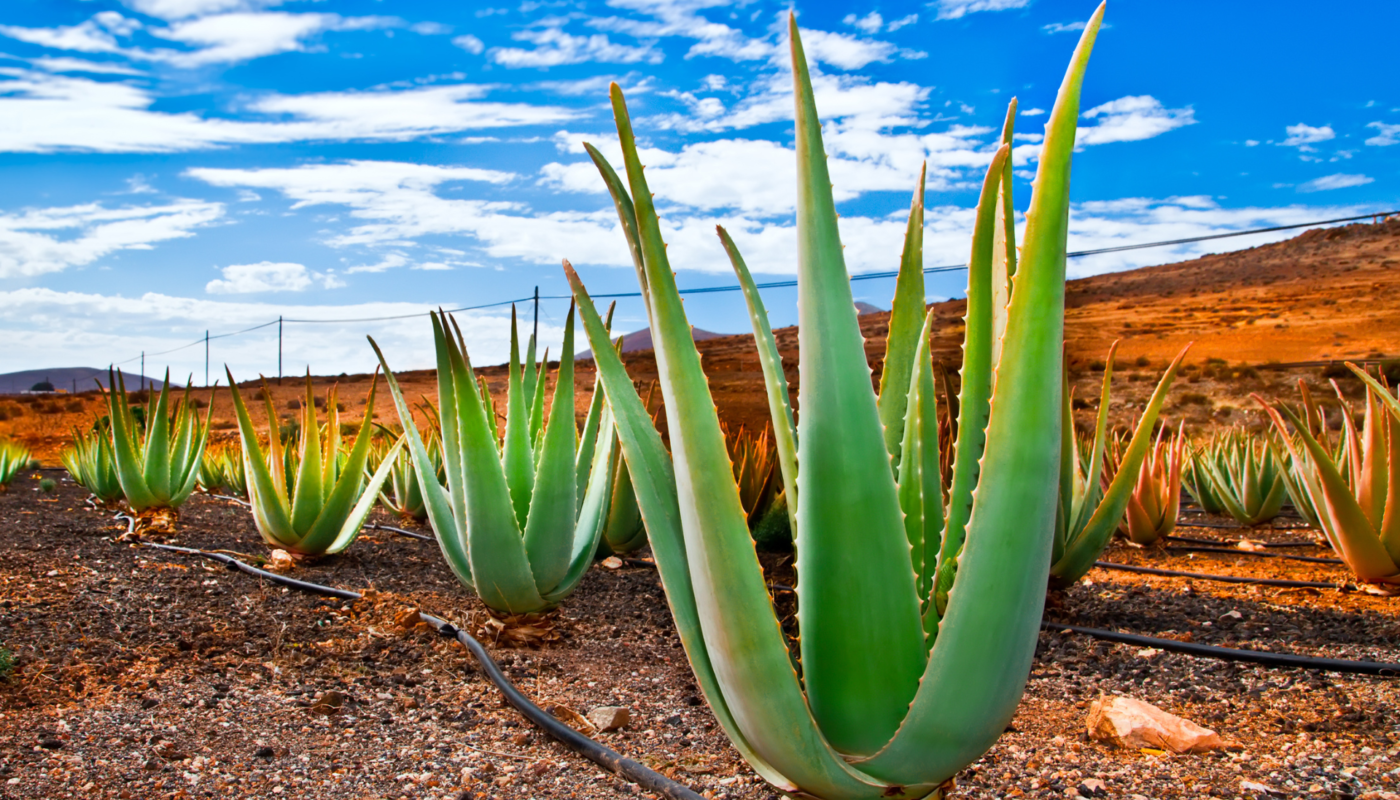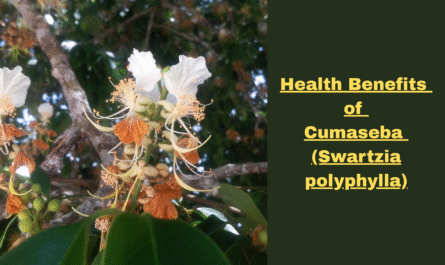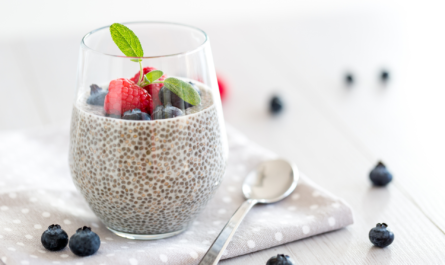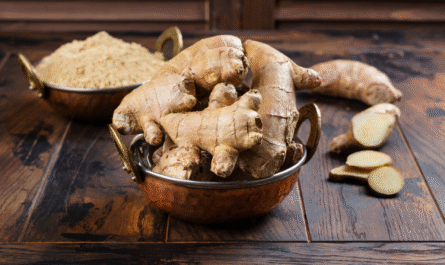Aloe is more than just a household succulent. It’s a genus of over 500 species of flowering, drought-resistant plants, best known for their medicinal properties and historical significance in traditional healing systems across cultures.
These plants thrive in tropical and semi-tropical climates, and their thick, fleshy leaves are packed with bioactive compounds that provide a wide range of health benefits.
Aloe can be used topically or taken orally, and when used appropriately, it can support the skin, digestive system, immune function, and even metabolic health.
In this guide, we’ll take a deep dive into the types of aloe, explore the health-promoting compounds found in each, explain their benefits in detail, and provide evidence-based insights into the safest and most effective ways to use aloe.
Aloe and Its Types
The genus Aloe consists of hundreds of species, but only a few are widely studied and used in health and skincare products. The diversity in aloe species means each has a unique composition of active ingredients, and this influences how it’s used.
While Aloe vera (Aloe barbadensis Miller) is the most famous, others like Aloe arborescens, Aloe ferox, and Aloe perryi are also known for their potent bioactive profiles.
Each species contains a mixture of polysaccharides, vitamins, enzymes, minerals, fatty acids, and plant sterols.
These substances interact with the body in different ways—some boost immunity, others act as antioxidants, and some support digestion or skin regeneration.
Knowing the unique benefits of each species can help in selecting the right type of aloe for a specific health need.
1. Aloe Vera
Aloe vera is the most extensively researched aloe species and is known for its clear inner-leaf gel, which contains over 200 biologically active components. These include:
- Polysaccharides, like acemannan, which are known to support immune function and accelerate skin repair by promoting collagen synthesis and hydration.
- Flavonoids, potent antioxidants with anti-inflammatory, anti-viral, and anticancer properties.
- Amino acids, which serve as the building blocks of proteins essential for tissue repair, immune support, and enzyme production.
- Phenolic compounds help neutralize free radicals and reduce the risk of chronic conditions linked to oxidative stress.
Topical Benefits
Aloe vera gel is commonly used for its soothing and moisturizing effects on the skin. It is particularly effective in treating:
1. Burns
Clinical trials show Aloe vera speeds up healing time for first- and second-degree burns compared to conventional treatments like silver sulfadiazine.
2. Wounds and Cuts
The gel’s hydrating properties create a moist environment that supports skin regeneration and minimizes scarring.
3. Acne and Skin Inflammation
Its antimicrobial properties help fight acne-causing bacteria, while anti-inflammatory agents reduce swelling and redness.
4. Psoriasis and Eczema
Aloe’s moisturizing and anti-inflammatory effects may provide symptomatic relief for chronic skin conditions.
Oral Benefits
When taken internally, aloe vera offers several promising health benefits:
1. Digestive Health
Aloe juice has been studied for its potential to reduce symptoms of irritable bowel syndrome (IBS) and ulcerative colitis by soothing inflammation in the gut.
2. Blood Sugar Regulation
Some research suggests Aloe vera supplements may help lower fasting blood glucose levels and improve insulin sensitivity in people with type 2 diabetes.
3. Bone Support
Compounds like aloin may help prevent bone loss by reducing inflammation and supporting bone mineral density.
4. Weight Management
Aloe vera may influence lipid metabolism, helping to reduce fat accumulation and improve body composition.
While research into these benefits is promising, more large-scale clinical trials are needed to confirm some of these effects and determine safe dosage ranges.
2. Aloe Arborescens

Aloe arborescens is another species with notable health-promoting properties. It’s often used in traditional medicine, particularly in Japan and parts of Europe, for its immune-boosting and antioxidant effects.
Nutrient Profile
Aloe arborescens contains a higher concentration of polyunsaturated fatty acids than Aloe vera. These include:
- Linoleic Acid (Omega-6): Supports cell membrane structure and plays a role in inflammatory regulation.
- Alpha-Linolenic Acid (Omega-3): Known for anti-inflammatory effects and cardiovascular benefits.
Health Benefits
1. Antioxidant Protection
Aloe arborescens contains flavonoids and phenols that help neutralize free radicals. This can reduce oxidative damage, a root cause of aging and chronic diseases like cancer and heart disease.
2. Immune Modulation
Some studies suggest compounds in this aloe species may enhance immune cell activity, helping the body better defend itself against pathogens.
3. Skin Care
The high fatty acid content makes it an effective topical agent for protecting and restoring the skin barrier.
3. Aloe Ferox
Aloe ferox, sometimes called bitter aloe, is widely used in natural medicine and health supplements. It is native to South Africa and has a reputation for its strong purgative properties.
Active Compounds
- Anthraquinones, particularly aloin and emodin, which have potent laxative effects.
- Polyphenols, known for anti-inflammatory and antimicrobial activity.
Key Benefits
1. Digestive Cleanse
Aloe ferox is used in detox regimens to promote bowel regularity and support digestive health. The anthraquinones stimulate intestinal contractions, relieving constipation.
2. Weight and Metabolic Support
A study found that individuals who took 460 mg capsules of Aloe ferox twice daily for three months saw reductions in body weight, BMI, LDL cholesterol, and fasting blood glucose.
3. Antimicrobial Properties
It has shown effectiveness against bacteria and fungi, which supports its use in both digestive and skin health applications.
4. Cancer-Fighting Potential
Preliminary studies indicate that Aloe ferox may possess anti-tumor properties, though more human research is needed.
Caution
Due to its laxative effects, Aloe ferox should not be used for more than a few weeks at a time. Overuse can lead to electrolyte imbalances and dehydration.
4. Aloe Perryi
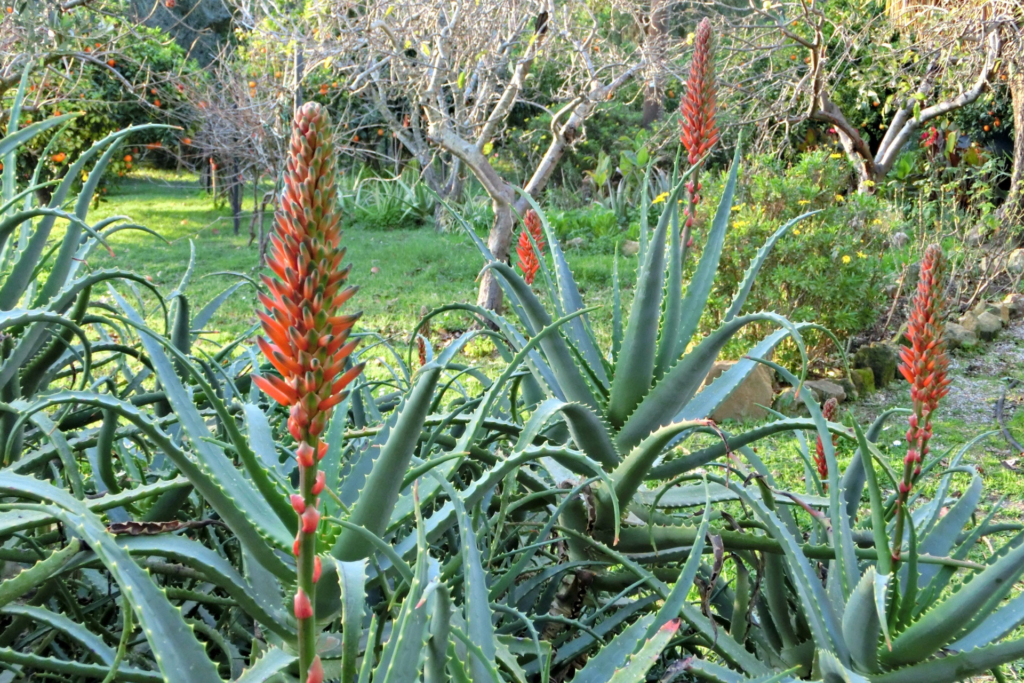
Aloe perryi is lesser known but gaining attention for its high concentration of phytochemicals. Native to the island of Socotra, this plant is rich in compounds like glycosides, flavonoids, proteins, and phenols.
Health Benefits
1. Antioxidant and Anti-inflammatory Effects
Its high flavonoid and phenolic content helps protect cells against oxidative damage and reduces inflammation.
2. Antibacterial and Antifungal
Extracts from Aloe perryi have shown inhibitory activity against pathogens like Staphylococcus aureus and Candida albicans.
3. Cancer Research
Laboratory studies have found that extracts from Aloe perryi flowers may inhibit the growth of cancer cells. Researchers are currently exploring its potential role in integrative cancer therapies.
4. Tissue Repair and Immune Function
Its protein and amino acid content supports cellular regeneration and immune cell function.
While more human clinical trials are needed, Aloe perryi remains a promising candidate for future therapeutic applications.
Best Practices for Using Aloe
1. Topical Use
- Burns and Cuts: Apply aloe vera gel directly to clean skin.
- Acne and Inflammation: Use a product with a high concentration of aloe (preferably over 90%) without added alcohol or synthetic fragrances.
- Moisturizing: Aloe-based moisturizers hydrate the skin without clogging pores, making them ideal for oily or acne-prone skin.
2. Oral Use
- Juices and Capsules: Aloe vera juice should be decolorized and purified to remove anthraquinones, which can cause gastrointestinal discomfort.
- Powdered Extracts: These are available in supplements for digestive support or metabolic health.
- Dosing: Start with small amounts (e.g., 50–100 ml juice or one capsule daily) and monitor for side effects.
Always consult with a healthcare provider before beginning oral aloe supplementation, especially if you are on medications or have existing health conditions.
Potential Risks and Side Effects
Aloe is generally safe when used properly, but adverse effects can occur, especially when it is consumed orally in unregulated doses.
Common Side Effects
- Topical: Itching, burning, or eczema flare-ups.
- Oral: Cramps, diarrhea, or electrolyte imbalance from unprocessed latex.
- Hepatitis: Long-term consumption of unregulated aloe extracts has been linked to rare cases of acute hepatitis.
Aloe Poisoning Symptoms
- Severe abdominal pain
- Vomiting and diarrhea
- Rash and skin irritation
- Difficulty breathing or throat swelling
Allergic Reactions
Some individuals may experience allergic symptoms such as chest tightness, rash, or breathing difficulties. Conduct a patch test before using aloe topically.
Pregnancy Warning
Oral aloe is not recommended during pregnancy due to potential uterine-stimulating effects.
How to Choose the Right Aloe Product
With so many aloe-based products on the market, it’s important to be discerning.
- Look for Purity: Choose products that list Aloe barbadensis Miller as a primary ingredient.
- Check for Decolorized Aloe: Only consume aloe products that have been processed to remove aloin and other potentially harmful anthraquinones.
- Third-Party Testing: This ensures quality and that the product is free from contaminants.
- Formulation: Avoid products with excessive fillers, alcohol, or artificial colors.
Is Aloe Worth It?
Aloe is one of nature’s most versatile plants, offering benefits that span skin health, digestive wellness, immune support, and metabolic balance.
While Aloe vera remains the gold standard for everyday use, other species like Aloe arborescens, Aloe ferox, and Aloe perryi are emerging for their unique therapeutic profiles.
Despite its many advantages, aloe is not a cure-all. It works best as part of a broader approach to wellness, including a balanced diet, regular physical activity, and proper medical care.
Before adding aloe supplements or topical products to your health regimen, consult with a healthcare provider—especially if you have underlying health issues or are pregnant.
Used wisely, aloe can be a safe and effective ally in your journey toward better health.

